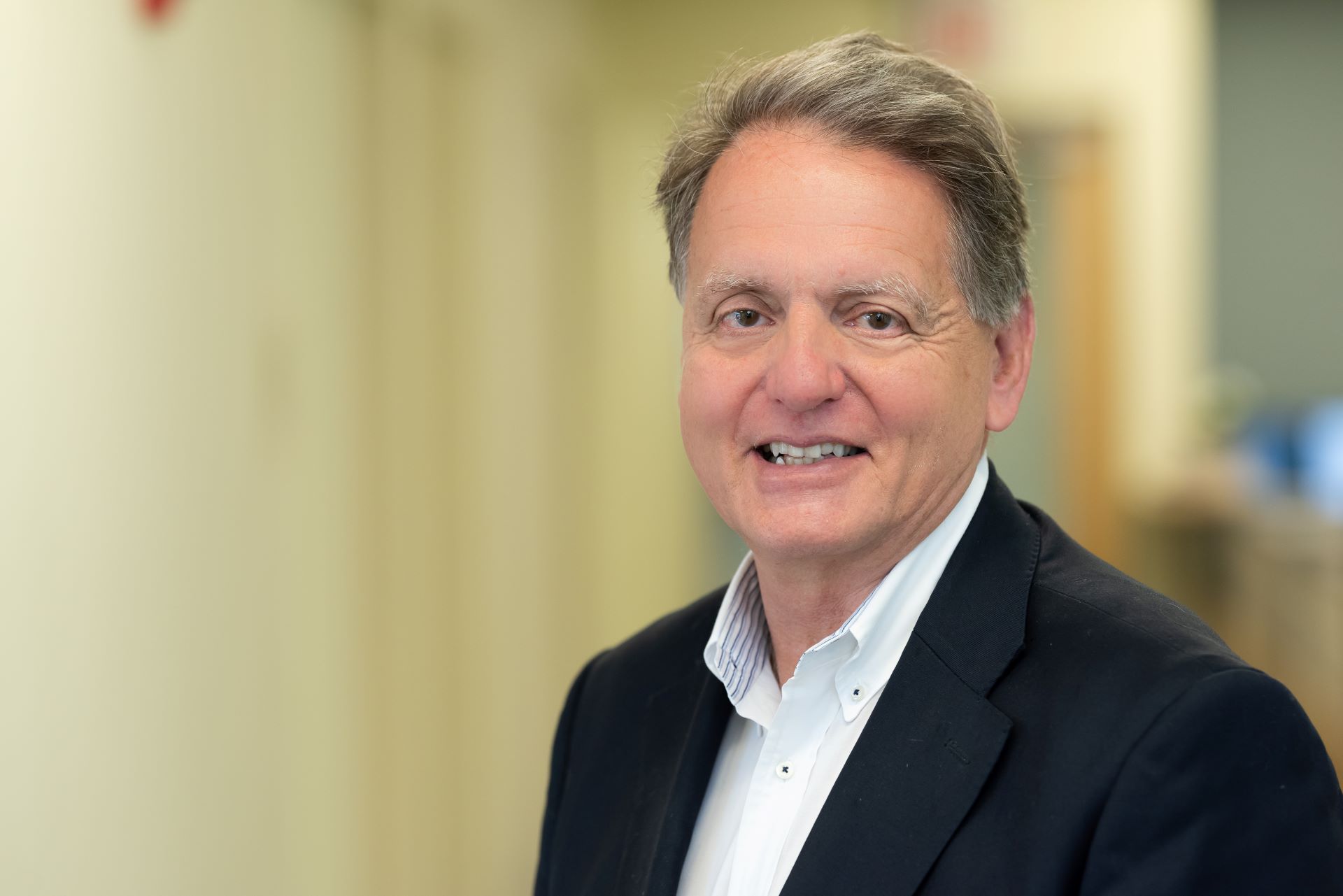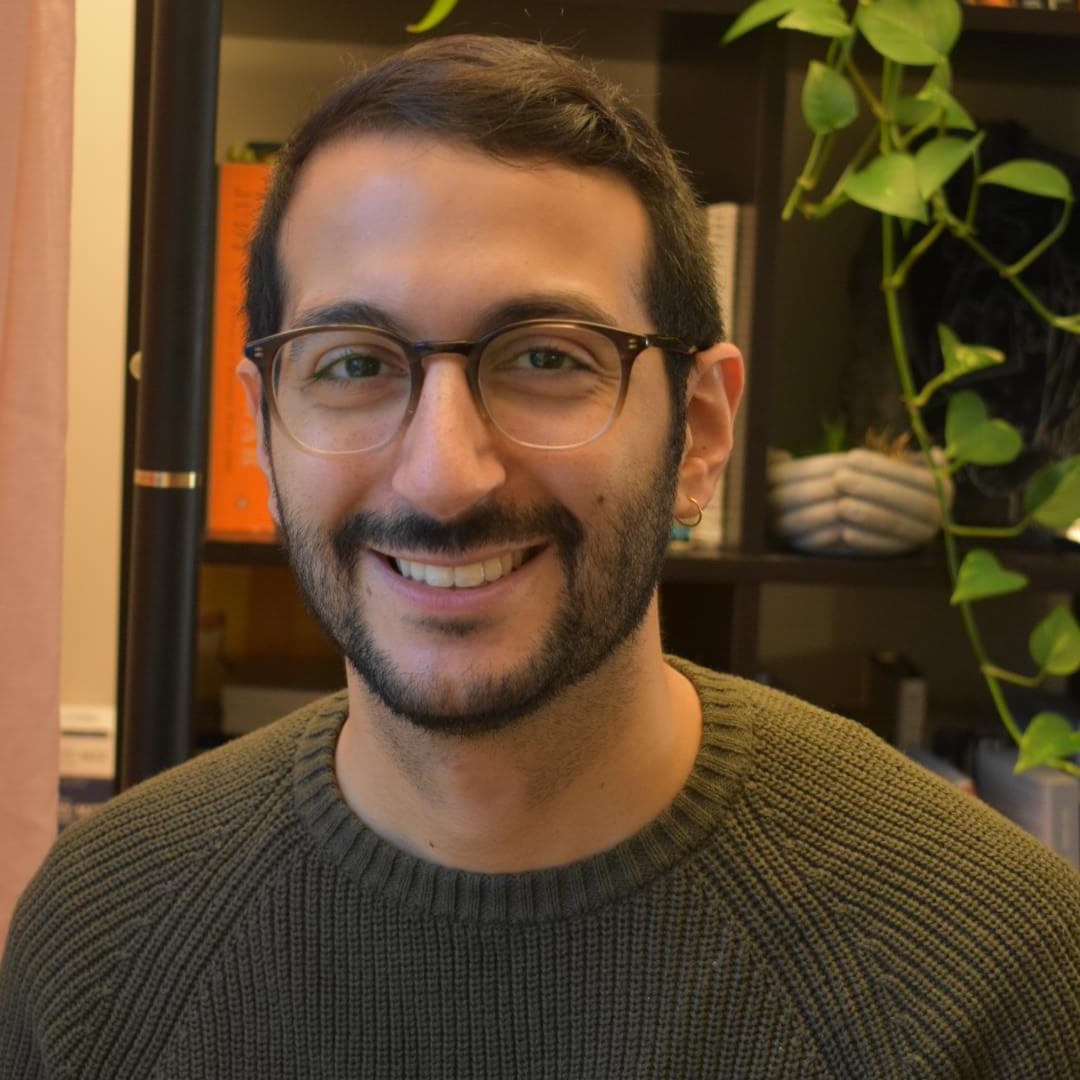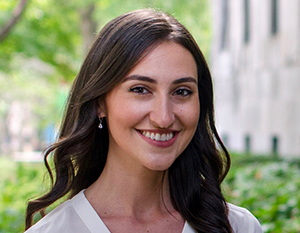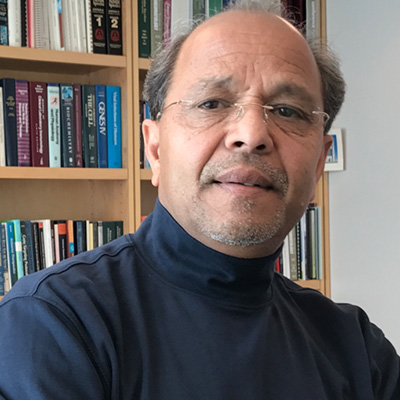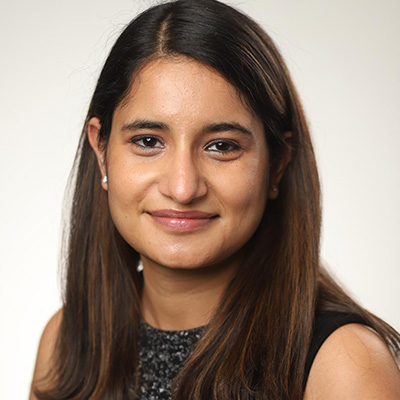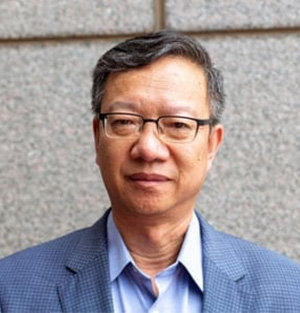
Looking for something?

Zheng-Rong Lu, Ph.D.,
M. Frank Rudy and Margaret Domiter Rudy
Professor of Biomedical Engineering,
Department of Biomedical Engineering at Case Western Reserve University, Cleveland OH
How did you become interested in the field of oligonucleotides?
I was attracted to the field of nucleic acid therapeutics by the news of 2006 Nobel Prize in Medicine to Andrew Fire and Craig Mello when I was a junior faculty at University of Utah, Salt Lake City, UT. I was fascinated by RNAi as a promising therapy. When I read through the publications about RNAi, I learned that the major roadblock to clinical application of RNAi was and still remains the lack of safe and effective delivery systems for siRNA. This inspired me to start exploring new simple and smart delivery systems for therapeutic siRNA and ever since, I have been working on multifunctional lipids for targeted delivery of therapeutic nucleic acids.
Who were your early mentors?
I received my Ph.D. in Chemistry under the supervision of Prof. Yuanqi Yin at Lanzhou Institute of Chemical Physics, Chinese Academy of Science, Lanzhou, China. Prof. Yin mentored and trained me to become an independent scientific researcher. I learned a lot about the field of drug delivery from Dr. JindrichKopecek during my post doctorate research in his lab at University of Utah, UT.
How did you become involved in OTS?
Prof. Rudy Juliano emailed me in 2015 about OTS and encouraged me to submit an abstract to the annual meeting. I submitted an abstract and attended my first OTS meeting in Leiden, Netherlands in 2015. I was impressed by the high quality of the research and clinical translation presented at the meeting, made some new friends, and became an OTS member.
Why do you continue to support the OTS?
The open and collaborative environment brings together world-class level of expertise from different backgrounds within OTS. The Society also provides a platform for clinical development of new therapies against undruggable targets to treat previously untreatable diseases. Attending the annual conferences is a profound learning experience for me.
What is special about the type of research/work you’ve done?
Safe and efficient delivery of oligonucleotide therapeutics into target cells is still a rate-determining step for their clinical translation and application. We have been working on novel multifunctional pH-sensitive amino lipids to overcome the barriers for intracellular delivery of nucleic acids. The lipids can readily form stable targeted nanoparticles with nucleic acids. The nanoparticles have the ability to sense and respond to environmental changes to facilitate cytosolic delivery of nucleic acids in target cells. We have demonstrated the efficacy of this system in delivery of diverse macromolecular targets, including undruggable targets, for cancer therapy and gene therapy in animal models. Currently, we are optimizing this delivery platform for clinical translation.
What do you like to do in your free time?
I enjoy hiking, reading, and keeping myself busy by exploring new things.
Other Tidbits
I am a founder of several startup companies based on the technologies developed in my lab. I have been reading some books about startups. The main thing I learned is that the business you do should have a market.



